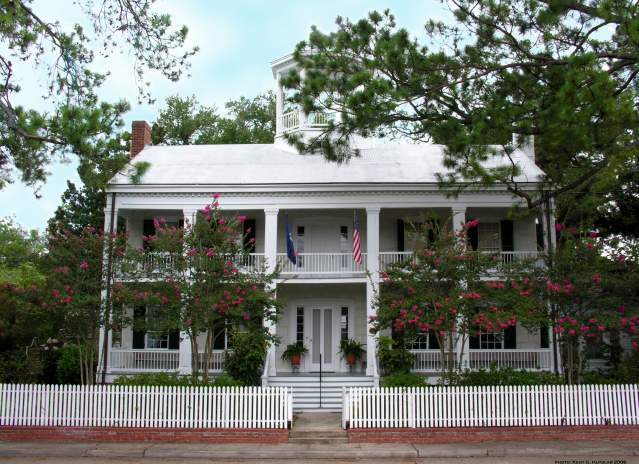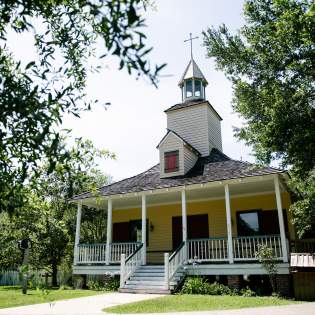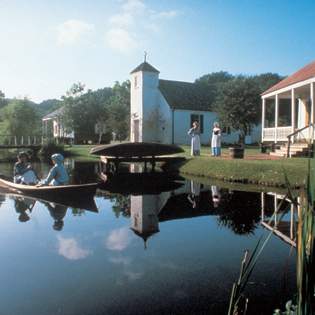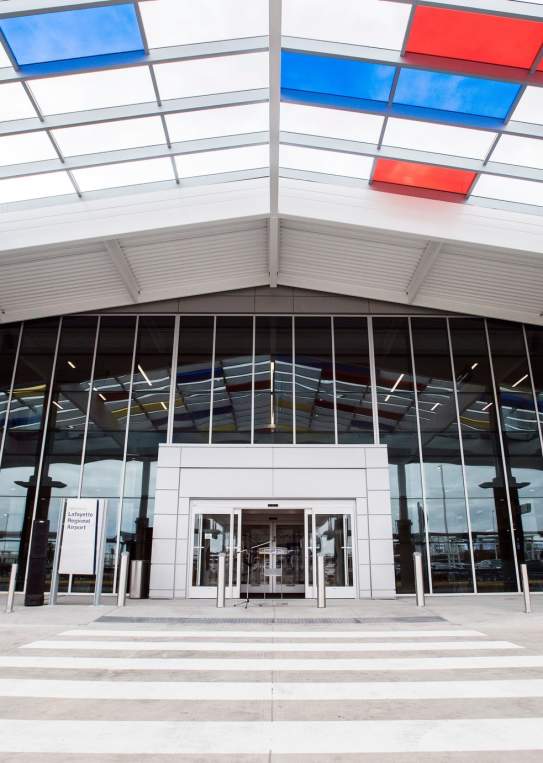Your browser is not supported for this experience.
We recommend using Chrome, Firefox, Edge, or Safari.
History
Explore the rich history of Lafayette Parish, where indigenous Atakapa-Ishak, Choctaw, Chitimacha, and Opelousa cultures once thrived. Early settlers from France, Spain, and Acadia established vibrant communities along the Vermilion River and its bayous. Jean Mouton and surveyor John Dinsmore, Jr. designed St. Jean du Vermilionville in the 1820s, evolving into Vermilionville. Later, in 1823, Lafayette Parish was carved from St. Martin Parish, named after Marquis de Lafayette, a revolutionary hero. The town evolved into Lafayette and became the central hub of Acadiana, blossoming with a railroad stop, a dynamic population, and a bustling business district. To explore more of Lafayette, LA’s history, see below.
Inspiration Journal
Lafayette's blog showcasing the food, music, culture and history at the heart of Cajun & Creole Country.
See All PostsFarmers Markets in Acadiana
Farmers markets in Lafayette and the surrounding areas offer a vibrant glimpse into the region's rich agricultural traditions and cultural diversity. From the fields of the…
Lafayette Weekly
A weekly curated playlist by local musician Philippe Billeaudeaux featuring music by Lafayette, LA musicians with a weekly rundown of live music happening in and around the area…
Cajun Music
Cajun music is a central component and marker of Cajun identity and culture in southwestern Louisiana. Largely accordion and fiddle-based and primarily sung in vernacular French…
Cajun & Creole Instruments: Accordion
A relatively recent invention, the bellows-driven, vibrating reed squeezebox known as the accordion, was first manufactured in Germany and later in Russia in the 1820s. It is…
Getting to Lafayette
The city of Lafayette, LA is located in the center of Lafayette Parish at the intersection of I-10 and I-49 between New Orleans and Houston and only 35 miles north of the Gulf of Mexico.





















